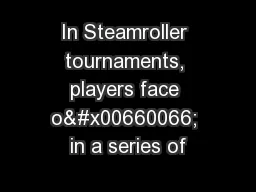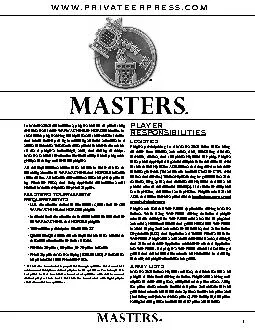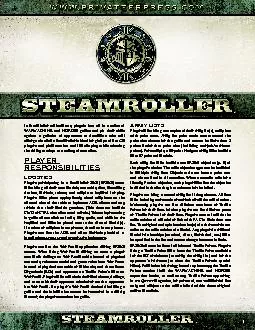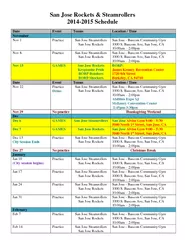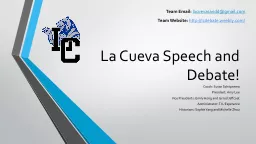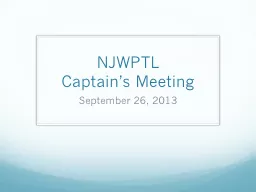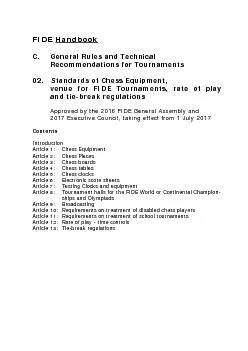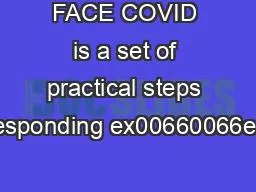PDF-In Steamroller tournaments, players face o� in a series of
Author : marina-yarberry | Published Date : 2015-11-01
rrPrivateer Press encourages players to have a fully painted force on the table Games with painted armies are more interesting to watch and generally en
Presentation Embed Code
Download Presentation
Download Presentation The PPT/PDF document "In Steamroller tournaments, players face..." is the property of its rightful owner. Permission is granted to download and print the materials on this website for personal, non-commercial use only, and to display it on your personal computer provided you do not modify the materials and that you retain all copyright notices contained in the materials. By downloading content from our website, you accept the terms of this agreement.
In Steamroller tournaments, players face o� in a series of: Transcript
Download Rules Of Document
"In Steamroller tournaments, players face o� in a series of"The content belongs to its owner. You may download and print it for personal use, without modification, and keep all copyright notices. By downloading, you agree to these terms.
Related Documents

